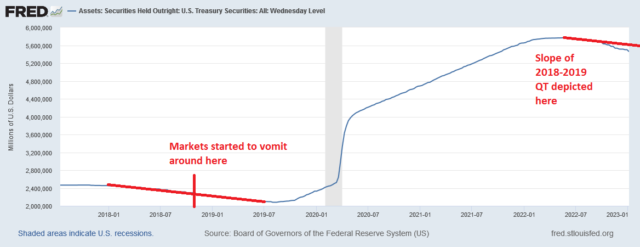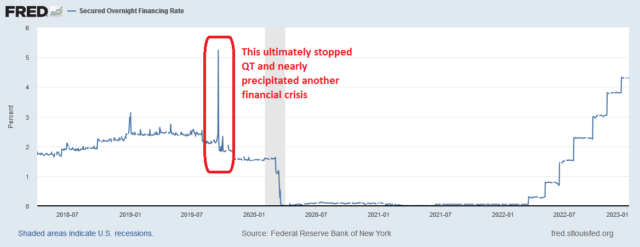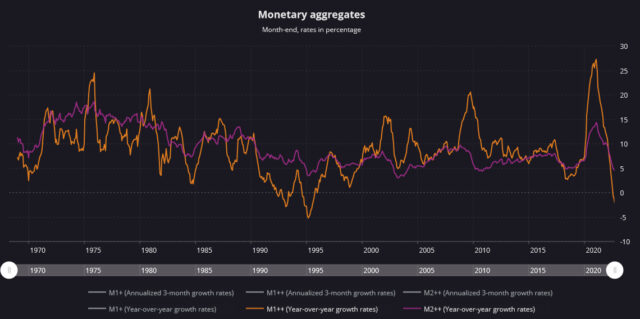Just reading the revelation that when the government manages a project, it will triple the cost that it should probably otherwise take to complete – the TMX expansion is running now at a $30 billion capital cost.
The government doesn’t care about the price tag – it’s just another reason to hand out the slush to favoured entities that managed to game the system. The government, despite being the owner of the project, actually doesn’t “pay” for these inflated costs! A simple economic analysis suggests that the pipeline will be so valuable as it is an inelastic service – the WCS differential to the USA vs. shipping it out to Asia will be very extreme, and this differential will be captured with pipeline tariffs. It will be the customers of the pipeline that are captive to the final cost – essentially CNQ, SU, CVE, etc. are paying another tax.
So how much does it cost to send oil out on the existing Transmountain? It is captured in the tolls and tariff bulletin.
A cubic meter of heavy oil from Edmonton to Westridge (just northwest of Simon Fraser University at the water) costs CAD$26, or about CAD$4.20 a barrel.
The TMX expansion will be increasing the flow of oil by 590,000 barrels a day. It is a guarantee that 100% of the available capacity of the pipeline will be utilized – there is simply too much demand for heavy oil to fuel the refineries in places like India, and companies will be able to receive near-Brent crude pricing on WCS.
590,000 barrels a day works out to 215 million barrels per year, assuming no pipeline outages (a false assumption – there will be maintenance periods which will eat into this amount). But let’s work with the theoretical maximum.
At the existing tariff, the incremental heavy crude will generate $900 million in revenues.
Now we look back at the TMX expansion. We have $30 billion in capital costs. Let’s assume the cost of capital is at 5% – pricing in a 180bps spread on “A” rated credit. That’s $1.5 billion/year in interest costs alone. (I am simplifying this considerably by ignoring the fact that there is some equity in the project, I am assuming it is entirely debt-funded – if you want to include equity returns, the revenues required goes even higher!).
In order to amortize this debt over the course of 30 years, the revenues that need to get applied directly to the debt is $1.9 billion a year. There are also other operating costs to running a pipeline (electricity, administration, maintenance, etc.), but the point is that they will need to collect at least double the rate than they are currently collecting in order to pay the debt on the capital costs.
I’m guessing with other administrative expenses baked in, you are looking at a tariff fee of CAD$9-10/barrel.
Brent is trading at US$75.50/barrel currently, while WTI is US$71.50 and WCS is US$51.
There’s about a US$20-24 differential that can be captured with an increased outlet to the Pacific.
However, at least CAD$5-6/barrel of that is going to get sucked up in pipeline costs due to the astronomical cost increases to construct the TMX expansion.
For comparison, the Enbridge Line 3 expansion cost about CAD$13 billion, and was 1000 miles in length. TMX is about 700 miles in length and is projected to cost CAD$30 billion. While the mountainous terrain is of course more difficult to work with, this is by no means a total mitigating factor the account for the cost differential – it is mostly a function of regulatory compliance, all entirely by design – the government does not have to pay for it.
If TMX was constructed for half as much, the incremental profits would go to the shareholders of the oil producers (minus the various taxes and royalties). However, in this instance, the surplus mostly goes to whoever was awarded the contracts – essentially another form of government spending that is “off balance sheet”. Sadly, this happens all the time, and is another example of how spending (which increases the GDP) does not necessarily generate productivity (the actual value you get by spending).



